UPDATED 11Sep2020: Thousands of shivering, warmth-starved northern people flock to Cuba each year for bright sun, warm seas and February tans, but few realize that this country is also at the leading edge of organic agriculture worldwide. I happened to stumble on this fact during a family vacation a number of years ago. The photos you see in this article come from an interesting afternoon I spent learning all about the best kept secret in the organic world of Cuba. Secret to most tourists, anyway. The fact is, Cuba has won awards and international recognition for its agricultural accomplishments, and it all began because of a deep crisis that threatened the population of Cuba with starvation.
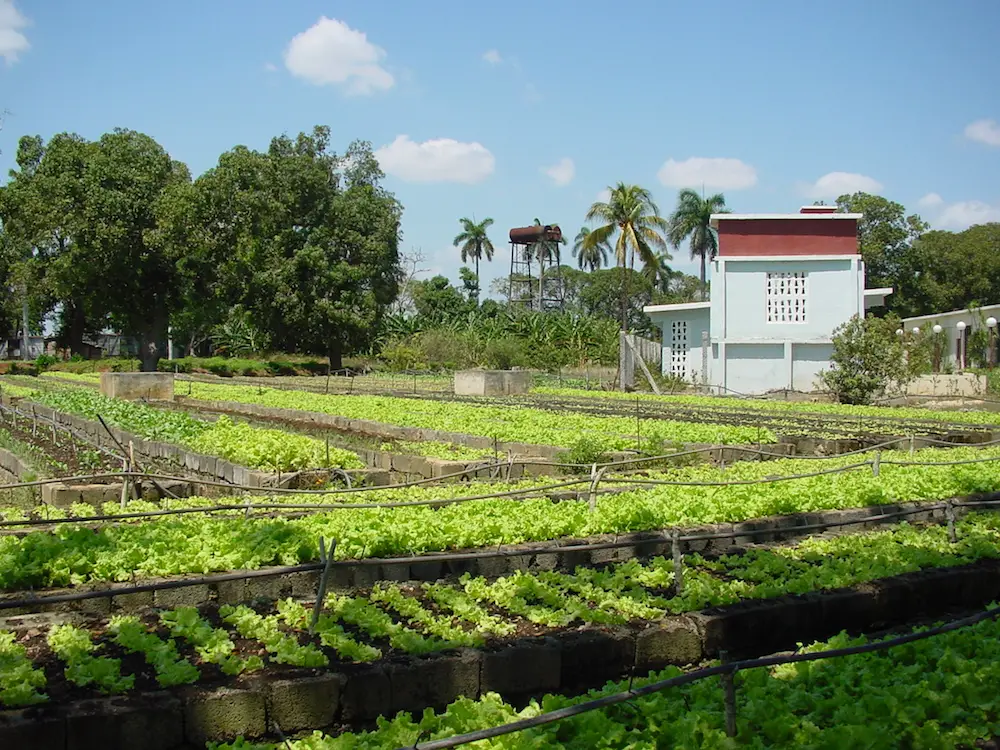
Like many modern countries in the western world, Cuba built its farm sector on mass monoculture that happened with liberal doses of fertilizers, pesticides and machinery. In fact, during the Communist era, the Soviet Union considered Cuba to be nothing more than its own private sugar plantation. The vast majority of the farmland on the island was devoted to the most intensive forms of sugar cane production with massive inputs of fertilizer and the most primitive forms of pesticides and herbicides. All this changed in 1989.
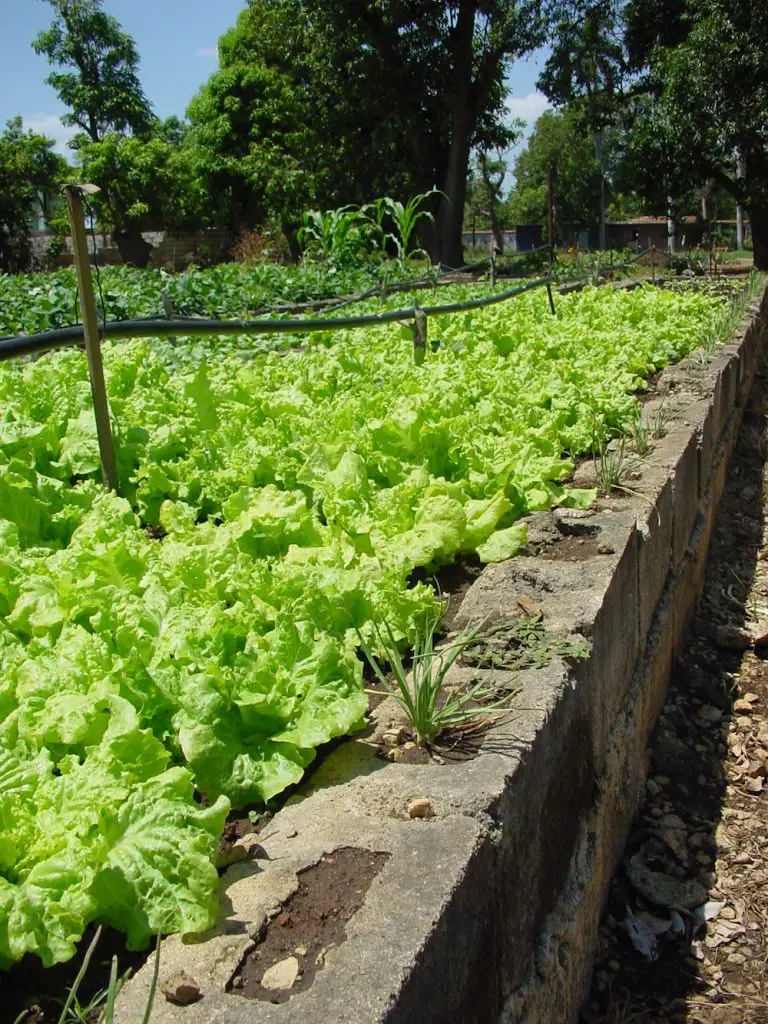
That’s the year when Soviet support for Cuba suddenly ended as the USSR collapsed, eliminating 80% of Cuba’s fertilizer and pesticide inputs. This forced over-night, top-down changes as Cuba completely retooled its farming strategies, with results that are unique in the world. With little choice, Cuba turned towards internal natural resources for agricultural self-sufficiency, and went seriously green in the process. It was the fastest agricultural revolution of all time. I am no fan of communism (or the new word they call it today “progressivism”), but I am impressed with what the Mother of Invention – necessity – has wrought in this country.
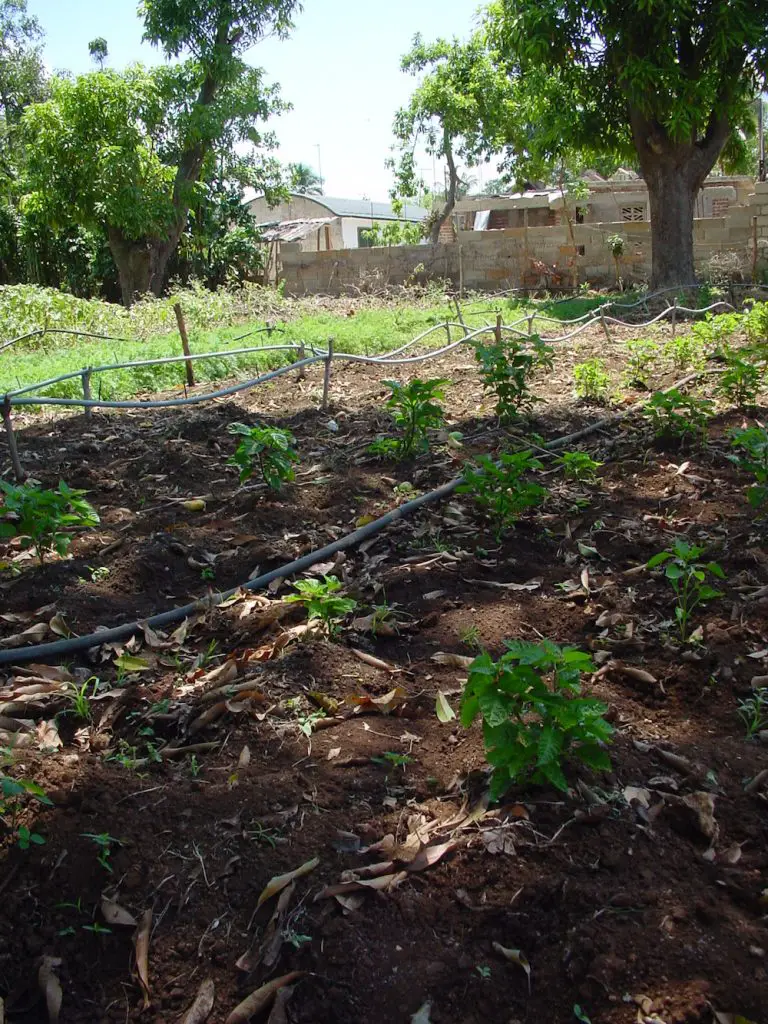
Havana province, near the west end of the island, is home to the Cuban capitol of Havana and host to many of this country’s 8000 organic farms, totaling 3.7 million acres of production across the nation. In the city of Havana itself, 26,000 people work on urban organic gardens, supplying 50% of the fresh vegetables available there. “Organiponicos”, (intensively-planted, raised container beds) and “huertos intensivos” (city plots planted for maximum yield) keep Cubans fed and employed, with as many as 70 workers on each small, inner-city farm. Some organiponicos even incorporate innovative arrangements where members of the co-operatives share in profits and sell excess production for personal gain in the free market — a rare situation indeed in any country with a command economy.
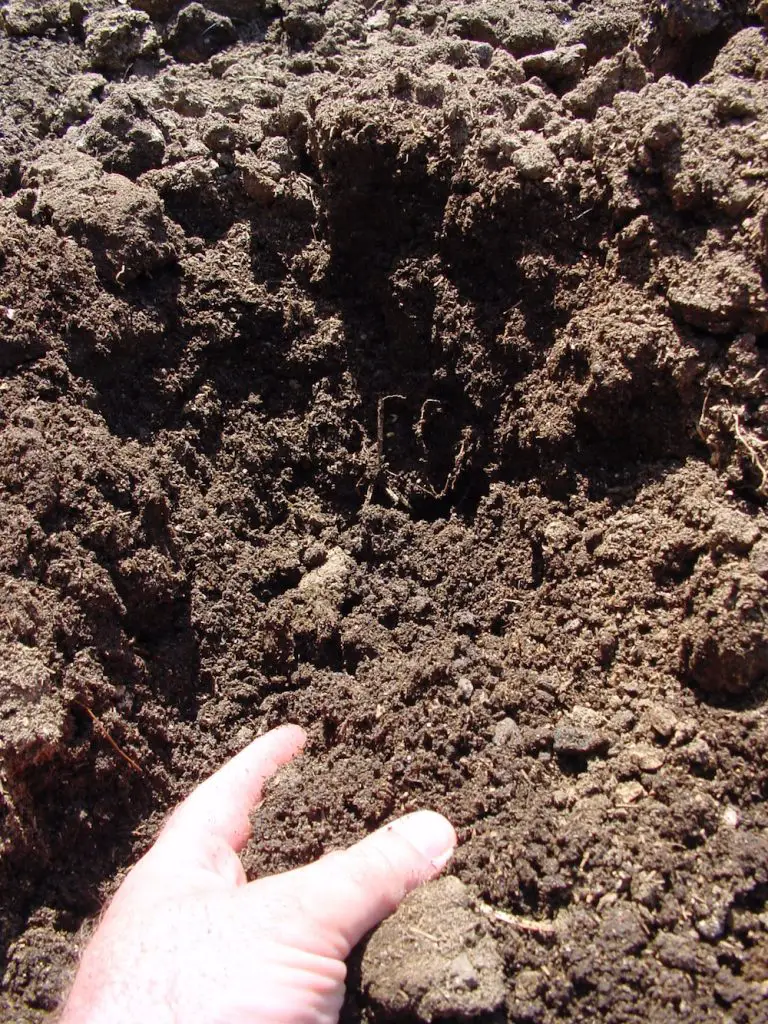
Worm compost centres — living fertilizer engines — are prevalent throughout Cuba, producing 100,000 tonnes of natural inputs per year. Dependence on heavy farm machinery and chemicals has been partially replaced with more animal traction, crop rotation, soil conservation measures, organic fertility inputs, and biological pest control. And while none of these factors are terribly new or innovative, it is unique to see them applied as a national strategy by political decree, supported with full government support. There are over 200 biotech centres in Cuba, located on agricultural co-operatives that produce and distribute non-toxic biofertilizers and pest control tools. These natural products successfully eliminate fungal diseases and insect pests without harming people or the landscape. I’ve never seen anything quite like this widespread movement, and I’ve looked.
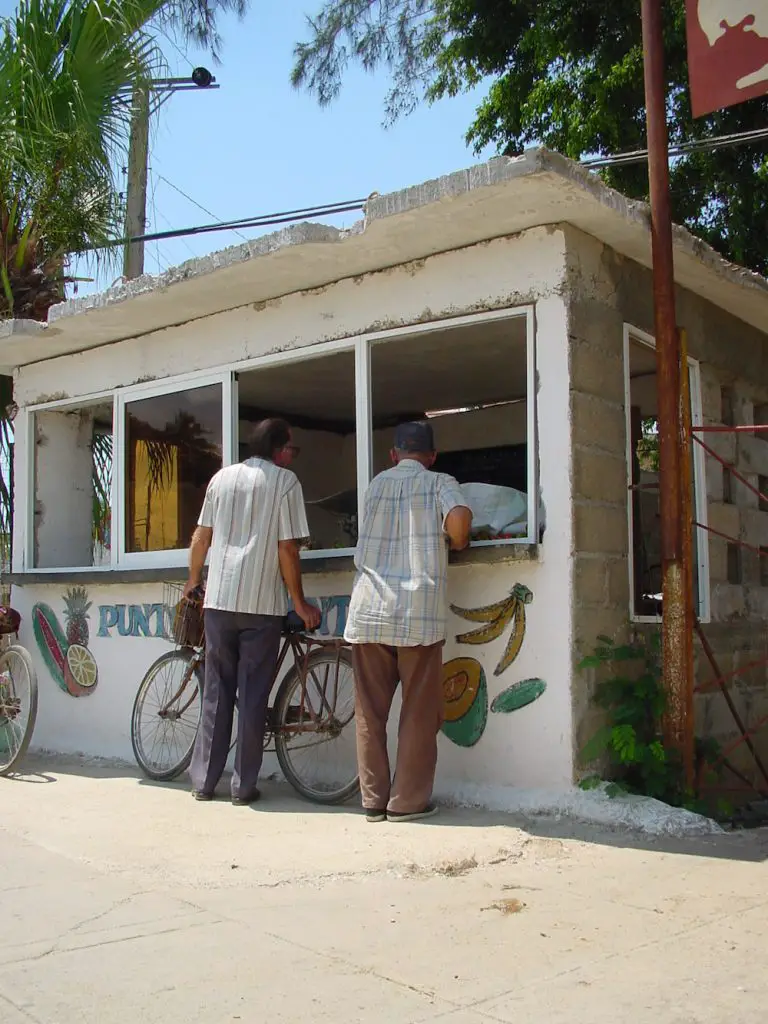
Cuba has proven to the world that sustainable agriculture can be successful in a modern context. All that’s needed is the right motivation, commitment and scientific backing. In fact, the Cuban Grupo de Agricultura Organica (GAO) — the Cuban organic farming association — was granted one of four Right Livelihood Awards back in 1999. Often called the “Alternative Nobel Prize”, this award proves that impossible dreams are sometimes very much within reach after all.
There are many great online sources of information on the Cuban agricultural revolution. Food First (www.foodfirst.org/cuba/) is one of them.